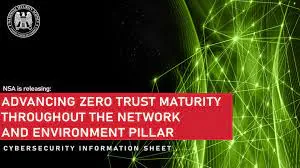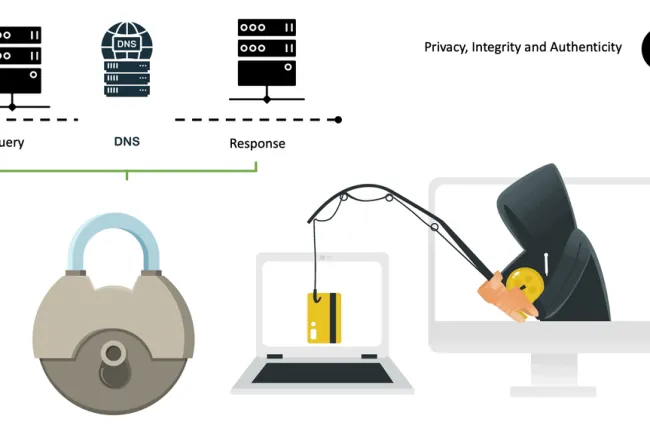NSA's Zero Trust Network Guidance Boosts Cybersecurity
Explore NSA's latest guidance on implementing Zero Trust principles for enhanced network security.

Outline for Easy Navigation:
- Introduction
- Understanding Zero Trust
- NSA's Cybersecurity Information Sheet
- Advancing Zero Trust Maturity
- The Network and Environment Pillar
- Key Capabilities Outlined by the NSA
- NSA's Support and Future Guidance
- FAQs
- Conclusion and Further Resources
Introduction
In a strategic move to enhance national cybersecurity defenses, the National Security Agency (NSA) has unveiled a comprehensive Cybersecurity Information Sheet (CSI) focused on the Zero Trust framework. This initiative marks a significant advancement in the ongoing battle against cyber threats, emphasizing the necessity for organizations to adopt a vigilant stance towards internal and external vulnerabilities.
Understanding Zero Trust
Zero Trust is a security concept centered on the belief that organizations should not automatically trust anything inside or outside its perimeters and instead must verify anything and everything trying to connect to its systems before granting access. This paradigm shift in cybersecurity thinking is crucial for thwarting sophisticated cyber attacks.
NSA's Cybersecurity Information Sheet
Titled "Advancing Zero Trust Maturity Throughout the Network and Environment Pillar," the NSA's newly released CSI delivers vital insights into mitigating adversarial movements within networks. Rob Joyce, NSA Cybersecurity Director, underscores the importance of organizations operating under the assumption that threats already exist within their system boundaries.
Advancing Zero Trust Maturity
The guidance aims to fortify network defenses by enhancing control and segmentation, effectively containing potential intrusions. By adhering to Zero Trust principles, organizations can significantly reduce their attack surface and improve their ability to resist and respond to cyber threats.
The Network and Environment Pillar
As a core component of the Zero Trust framework, the network and environment pillar focuses on isolating critical resources from unauthorized access. This is achieved through defined network access, controlled data flows, segmented applications, and end-to-end encryption.
Key Capabilities Outlined by the NSA
The NSA highlights several essential capabilities within the network and environment pillar, including data flow mapping, macro and micro-segmentation, and the adoption of software-defined networking. These strategies are pivotal in crafting a robust cybersecurity posture.
NSA's Support and Future Guidance
The NSA is not only providing guidance but also actively assisting Department of Defense (DoD) customers in implementing Zero Trust systems. The agency is committed to developing further guidance to integrate Zero Trust principles across enterprise networks.
FAQs
-
What is Zero Trust? Zero Trust is a cybersecurity strategy that requires all users, whether in or outside the organization's network, to be authenticated, authorized, and continuously validated for security configuration and posture before being granted or keeping access to applications and data.
-
Why is the NSA emphasizing Zero Trust? Given the increasing sophistication of cyber threats, the NSA advocates for Zero Trust as a proactive measure to ensure national and organizational security by assuming a breach could happen at any point and preparing defenses accordingly.
-
How can organizations implement Zero Trust principles? Organizations can start by identifying sensitive data and systems, segmenting networks, implementing strict access controls, and continuously monitoring and validating the security of all devices and users.
Conclusion and Further Resources
The NSA's latest guidance on Zero Trust principles underscores a critical shift in cybersecurity strategy. By adopting a Zero Trust framework, organizations can significantly enhance their defensive capabilities against the evolving cyber threat landscape. For more insights and resources, visit Kiksee Magazine for in-depth articles and guidance on cybersecurity trends and strategies.
Ensuring the practical application of these principles and the continuous evolution of cybersecurity defenses is crucial for both national security and the security posture of individual organizations. The NSA's efforts to promulgate Zero Trust across networks and environments are a testament to the importance of adaptive and resilient cybersecurity strategies in today's digital age.
What's Your Reaction?






















